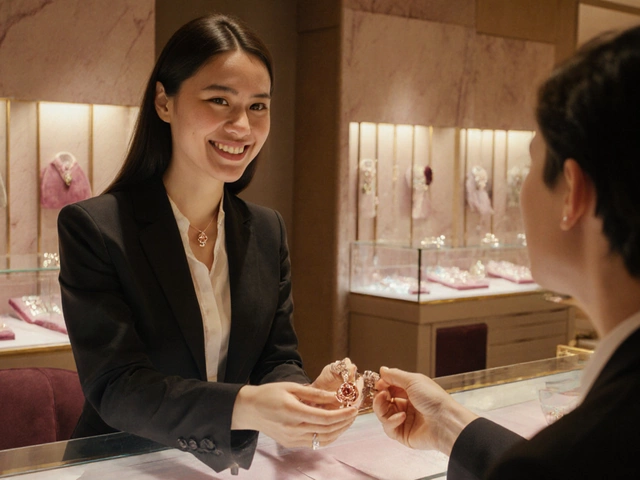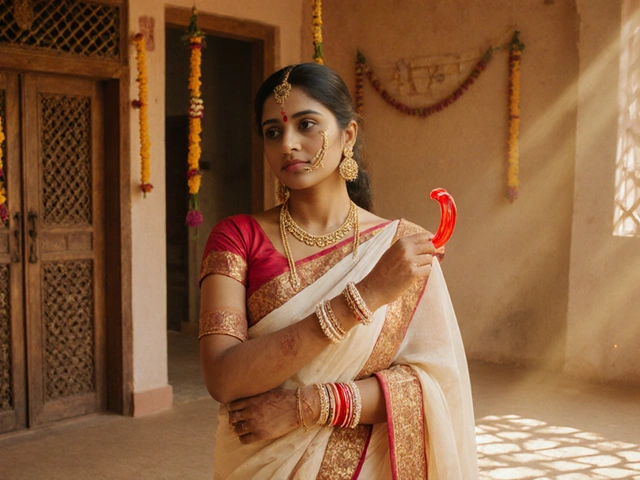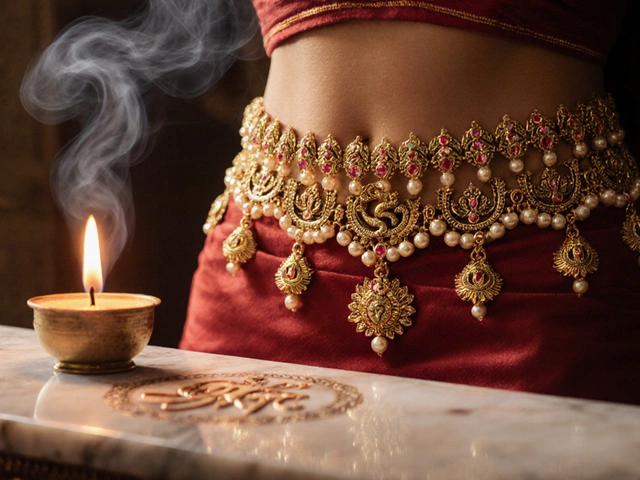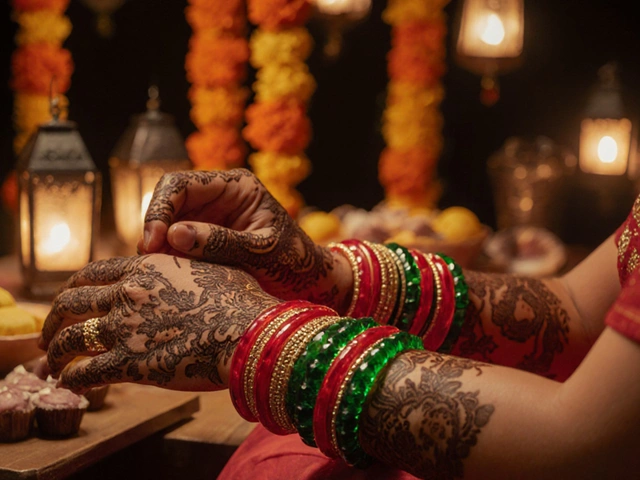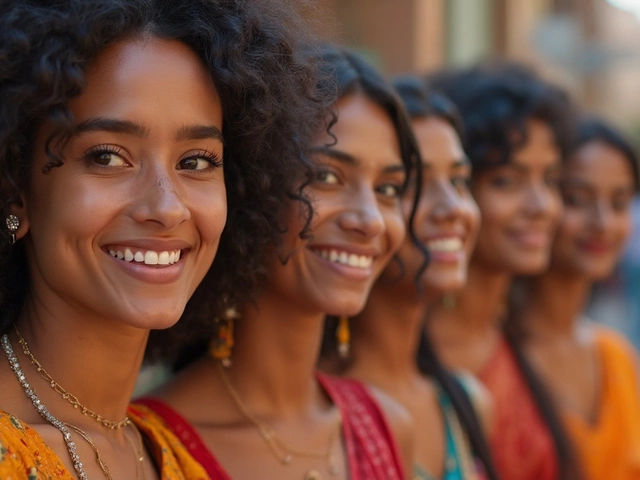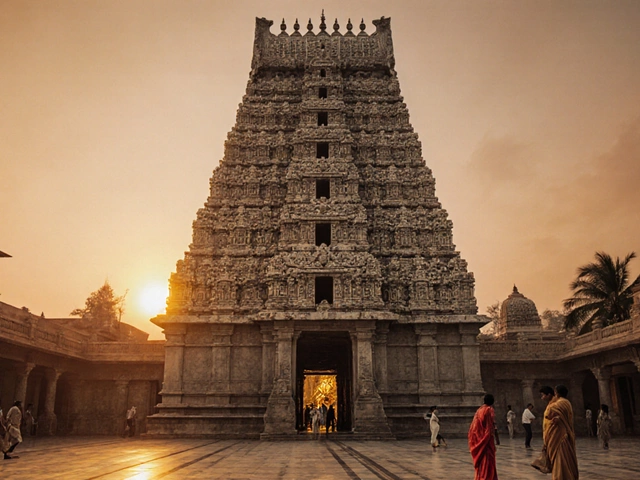Jewelry Traditions in India
When talking about Jewelry traditions, the cultural rules and rituals that dictate which pieces are worn, when, and by whom across Indian communities. Also known as traditional adornments, it links family heritage, religious festivals, and personal milestones. Indian wedding jewelry, the set of ornaments exchanged or gifted during marriage ceremonies often defines the core of these traditions. Meanwhile, Bangles, stacked bracelets that signal marital status, regional identity, and fashion and the Mangalsutra, the sacred necklace symbolizing a woman's married life act as everyday reminders of cultural vows. Finally, the Kamarband, a waist chain that blends health beliefs with aesthetic appeal showcases how accessories can carry both spiritual and practical meanings. Together, these pieces form a living archive that blends ancient folklore with modern style.
Why these customs matter today
Jewelry traditions encompass regional customs that vary from north to south, coastal to desert. In Punjab, heavy gold bangles and the choora set the tone for bridal celebrations, while in Kerala, intricate temple jewellery and gold necklaces dominate festive wear. The presence of a mangalsutra in a South Indian bride's ensemble signals the same commitment that a Punjabi bride shows with a set of red bangles, illustrating how cultural symbolism, the meaning attached to each ornament transcends geography. Modern designers often reinterpret these symbols, adding contemporary materials or minimalist forms, yet the underlying belief — that a piece of jewellery can convey identity, protection, and love — stays unchanged.
Understanding the link between regional festivals, celebrations like Diwali, Navratri, and Pongal and jewelry choices helps shoppers pick pieces that respect tradition while fitting personal style. For example, during Navratri, women often wear multi‑layered necklaces and temple earrings that honor goddess Durga; during a Punjabi wedding, the bride may swap her traditional choora for a modern gold set after the 40‑day ceremony, a shift that reflects both continuity and adaptation. These patterns show that social rituals, the rites of passage that mark life events directly influence which ornaments are considered appropriate, valuable, or lucky.
The collection below pulls together articles that dive deep into each of these facets. You’ll find practical guides on wearing a waist chain, the meaning behind red bangles for unmarried women, how to choose a mangalsutra that honors family customs, and even tips for matching colors with gold jewellery. Whether you’re a bride‑to‑be, a gift‑shopper, or just curious about the stories behind the sparkle, the following posts give you clear, actionable insights without the fluff.
Ready to explore the rich world of Indian jewelry traditions? Scroll down to discover detailed histories, styling advice, and modern twists that keep these age‑old customs vibrant in today’s wardrobe.
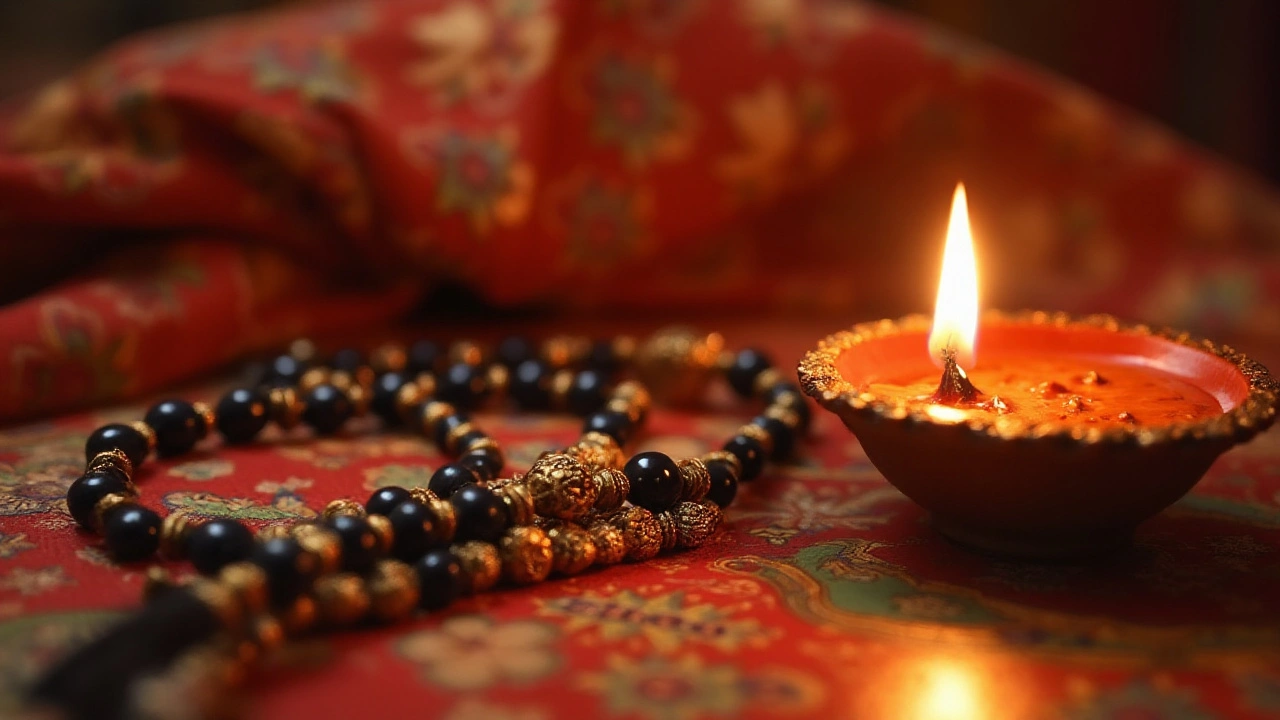
Exploring Mangalsutra Designs and Their Protective Powers Against the Evil Eye
Mangalsutras hold a significant place in Indian culture, often believed to protect against the evil eye. These ornate necklaces symbolize marital status and are steeped in tradition and spiritual significance. Discover how various designs reflect cultural beliefs and are thought to ward off negative energies. Whether you are curious about the historical roots or looking to understand how these symbols offer protection, this article delves into the multifaceted role of the mangalsutra.
read more